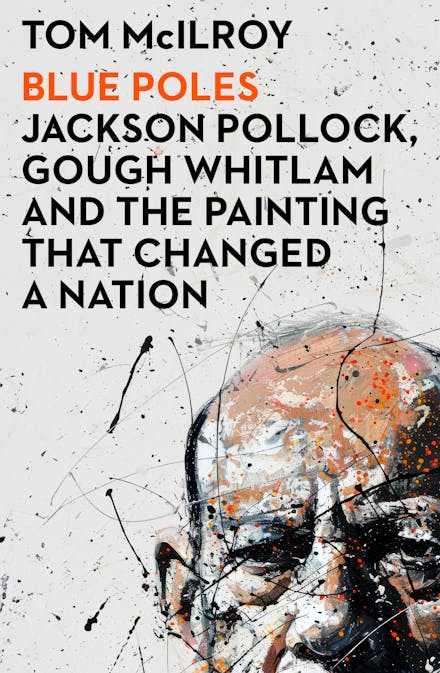Letters | April 2004
Clive James’s Cypriot
Dear Editor,
It was irritating to read Clive James’s poem ‘William Dobell’s Cypriot’ in the Spectator, but surprising in ABR (March 2004). Doesn’t anyone there know that Dobell’s painting The Cypriot was worked up, after Dobell had returned to Sydney in 1940, from sketches made in London? James Gleeson’s William Dobell (Thames & Hudson, 1964) names The Cypriot as Aegus Gabriell Ides, a waiter in a restaurant in Bayswater Road.
Why does James assume that personal, rather than intellectual, engagement motivates the work? The Sleeping Greek, another painting of Ides to which the poem refers, is fully clothed: a friend rather than lover perhaps, if indeed it matters. The fashionable assumption of sexual engagement here translates into condescension. It tells us no more about the painting, yet the poem is claiming The Cypriot as ‘the greatest early text / Of the immigration’, using the work to argue, not as the start of an imaginative journey. In this situation, the facts matter. A ‘reading’ of a work of art should allow it its place in the oeuvre of the artist, not reinvent it.
Judith Pugh, Mount Macedon, Victoria
Continue reading for only $10 per month. Subscribe and gain full access to Australian Book Review. Already a subscriber? Sign in. If you need assistance, feel free to contact us.













Leave a comment
If you are an ABR subscriber, you will need to sign in to post a comment.
If you have forgotten your sign in details, or if you receive an error message when trying to submit your comment, please email your comment (and the name of the article to which it relates) to ABR Comments. We will review your comment and, subject to approval, we will post it under your name.
Please note that all comments must be approved by ABR and comply with our Terms & Conditions.